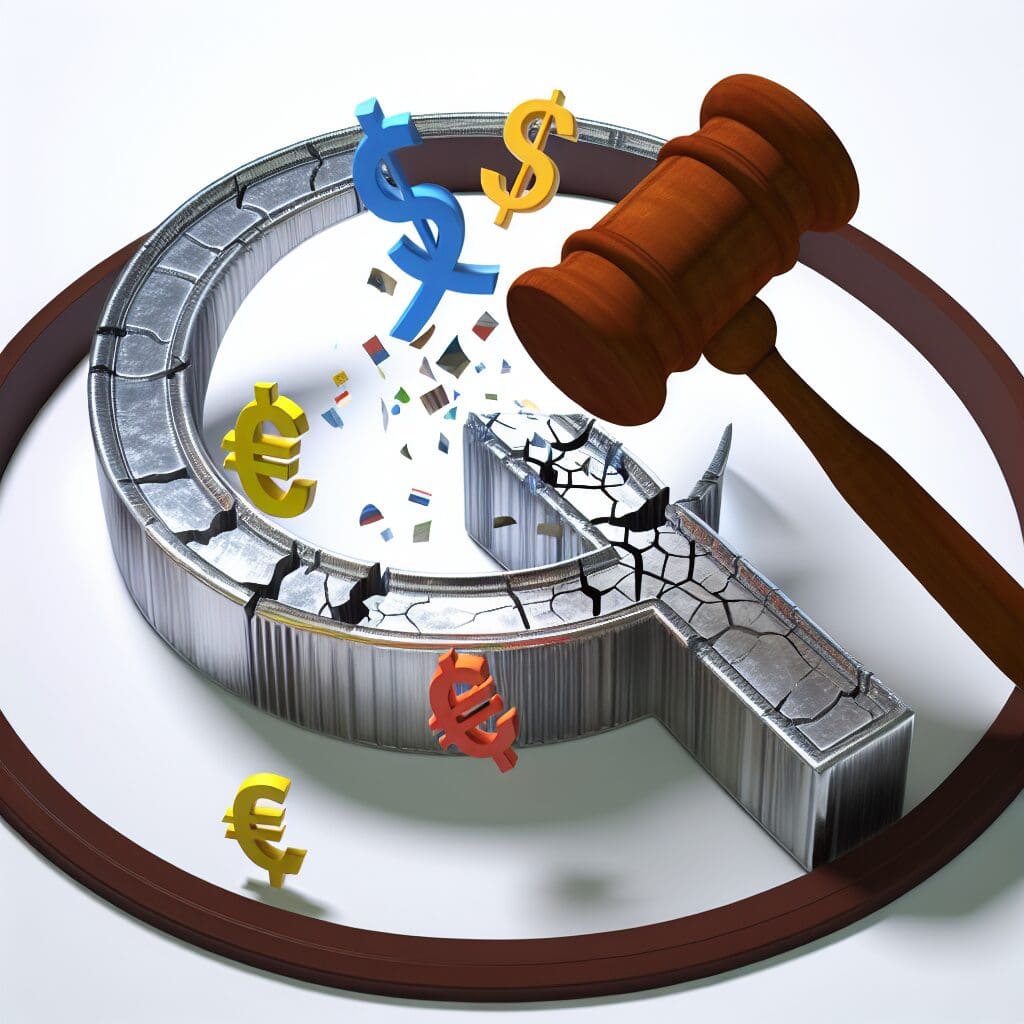The recent antitrust ruling against Google by the US Department of Justice (DOJ) has sparked significant discussion regarding the potential breakup of the tech giant. This ruling marks a crucial moment in the ongoing scrutiny of monopolistic practices within the tech industry.
In 2020, the DOJ filed a lawsuit accusing Google of using anti-competitive practices to maintain its dominance in the search engine market. A key argument is that Google has leveraged its position to stifle competition, impacting consumers and advertisers alike. The ruling could lead the DOJ to consider several options, including divestiture of certain business units or regulations to promote fair competition.
This move is not unprecedented; historical precedents include the breakup of AT&T in the 1980s, which aimed to enhance competition and innovation in the telecommunications sector. Similarly, the Microsoft case of the late 1990s demonstrated how regulatory actions can reshape entire industries. These cases illustrate that breaking up monopolistic entities can foster healthier competitive environments, potentially leading to innovative products and better consumer choices.
Experts argue that breaking up Google could rebalance market dynamics and encourage more startups to enter the search engine space. However, critics warn that such drastic measures might create instability and lead to unintended consequences in the digital marketplace.
As the DOJ evaluates its options, the implications of this decision will extend beyond Google, potentially affecting how tech companies operate in the future. The balance between regulation and innovation remains delicate, and this case could redefine the landscape of digital competition. For business leaders, understanding these developments is critical for strategic planning in an increasingly regulated environment.











